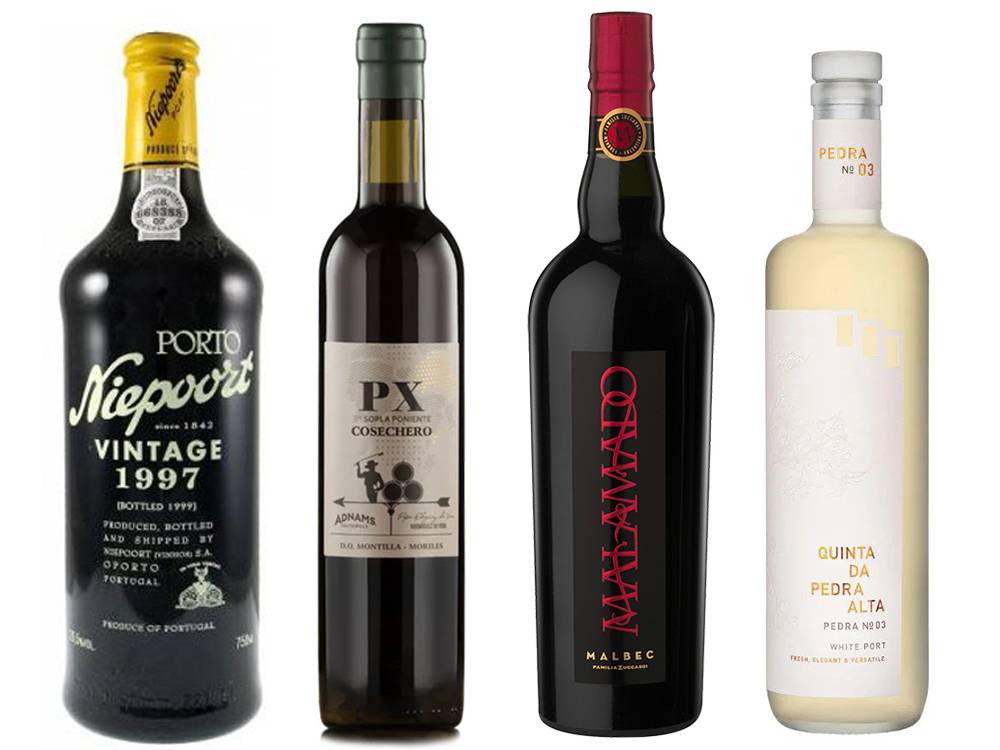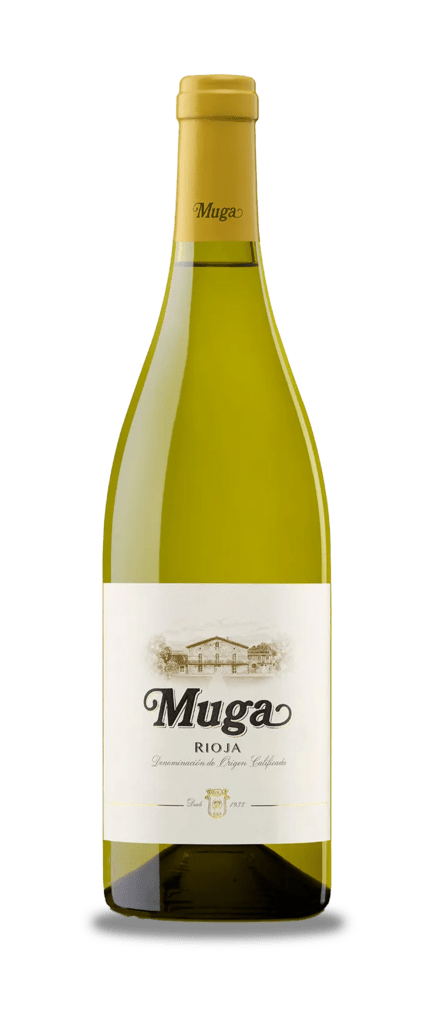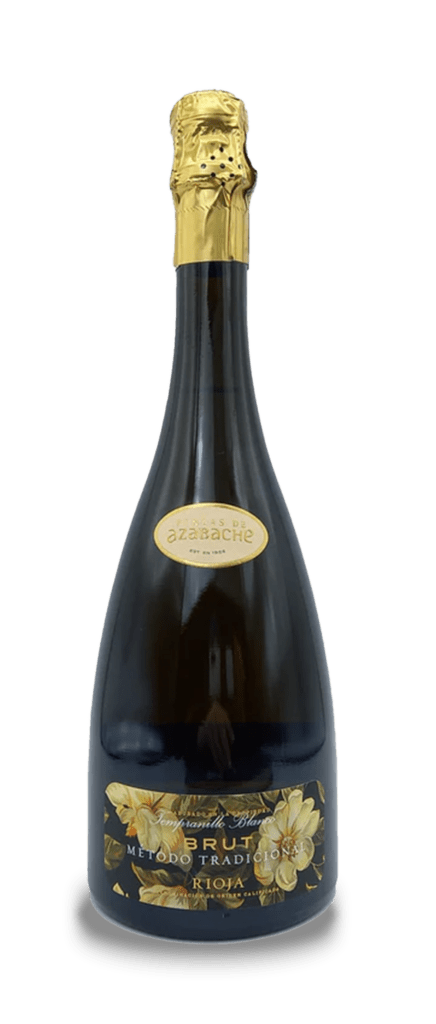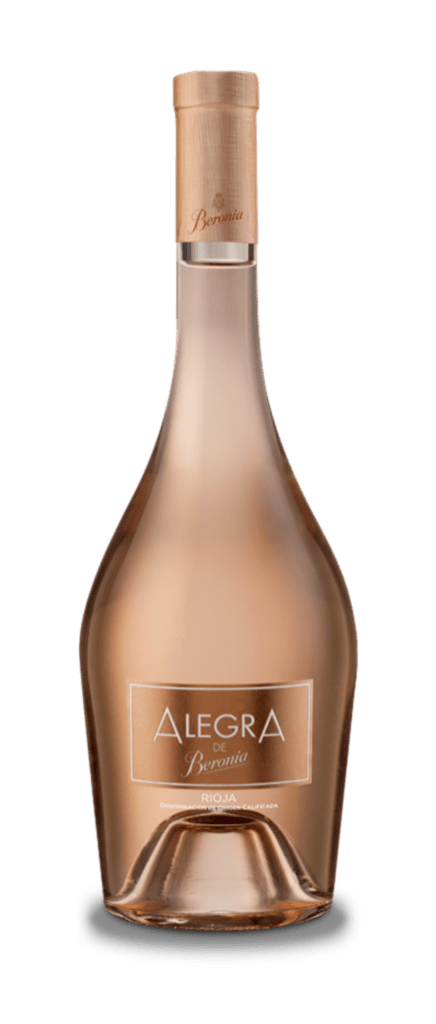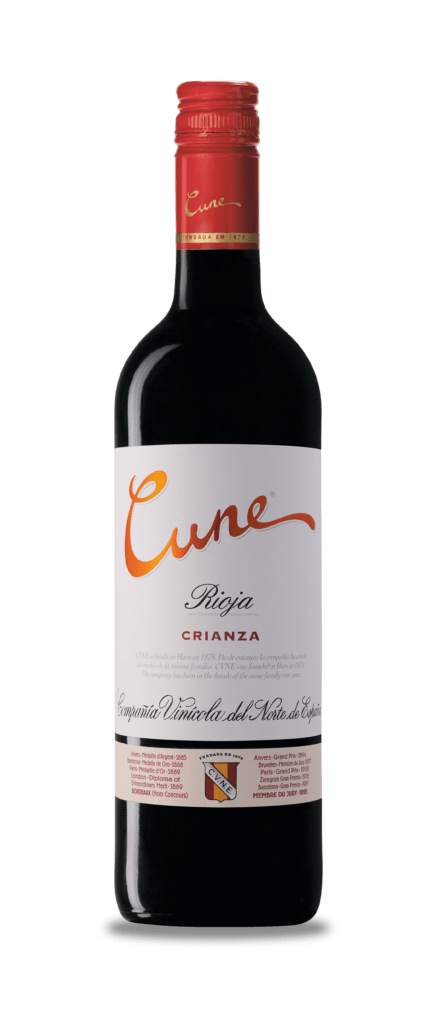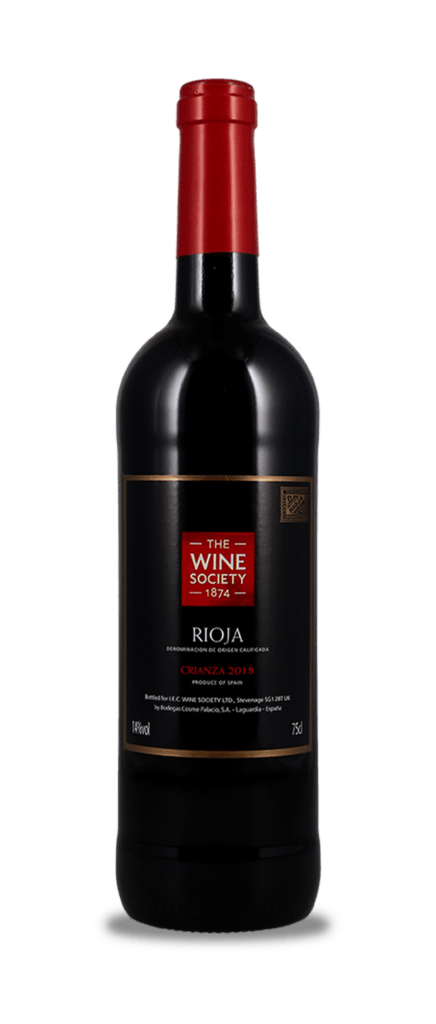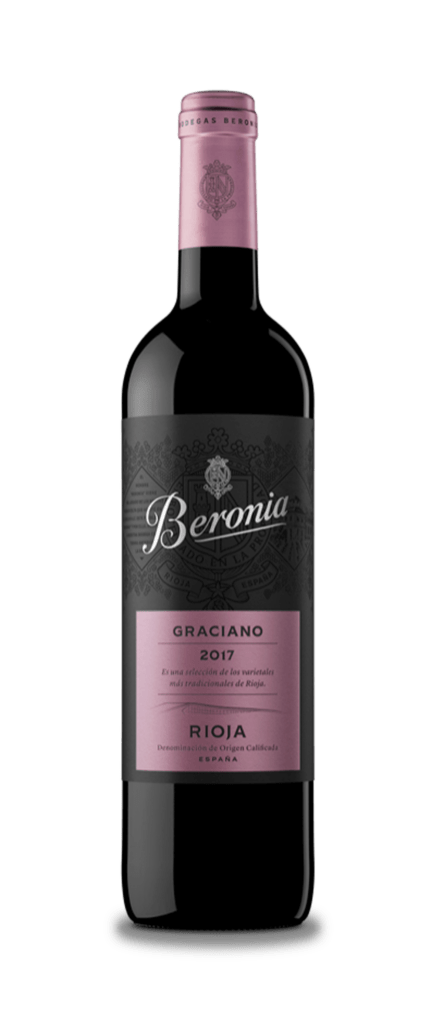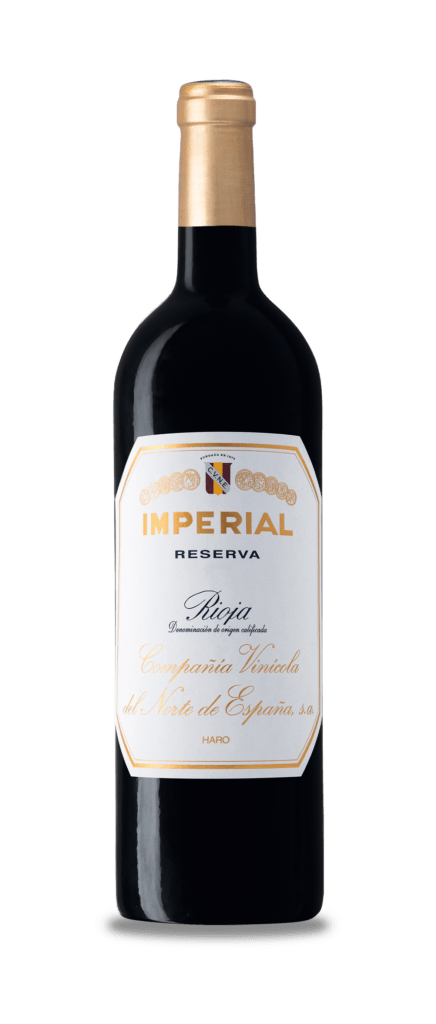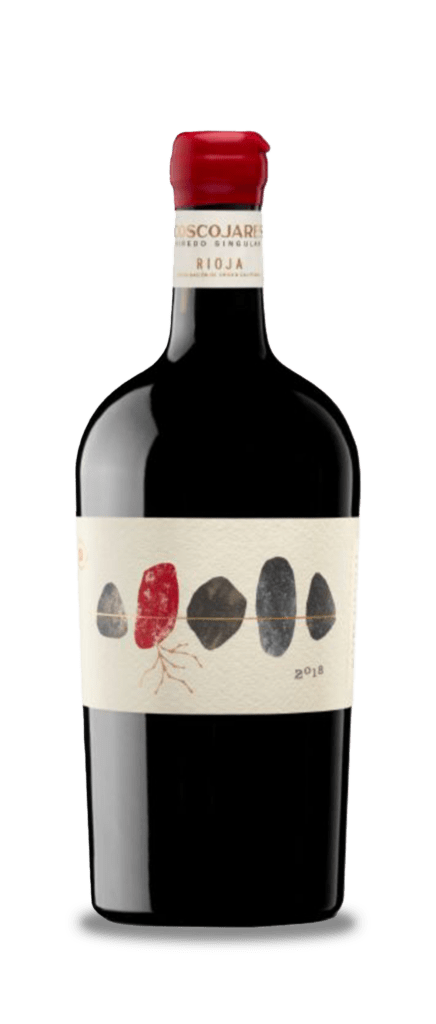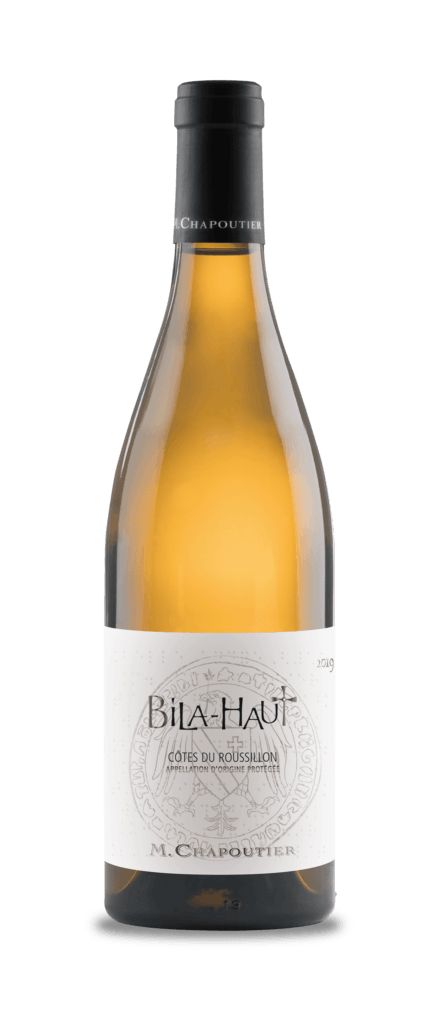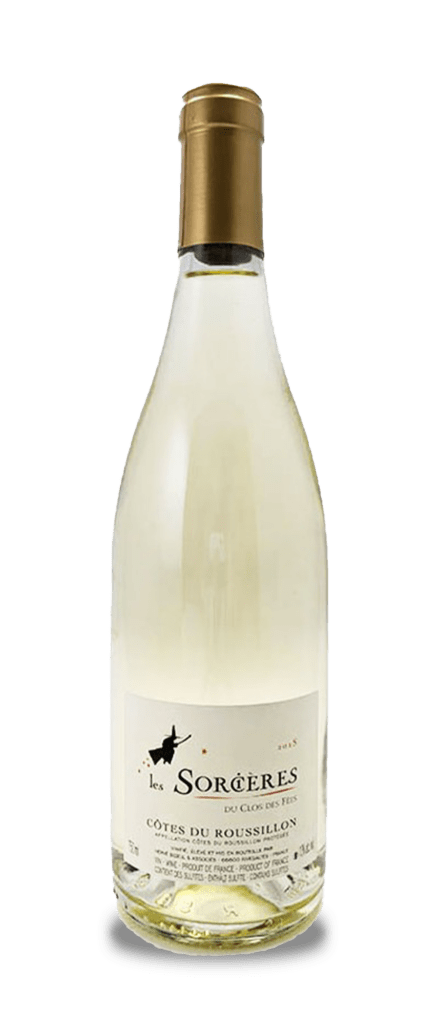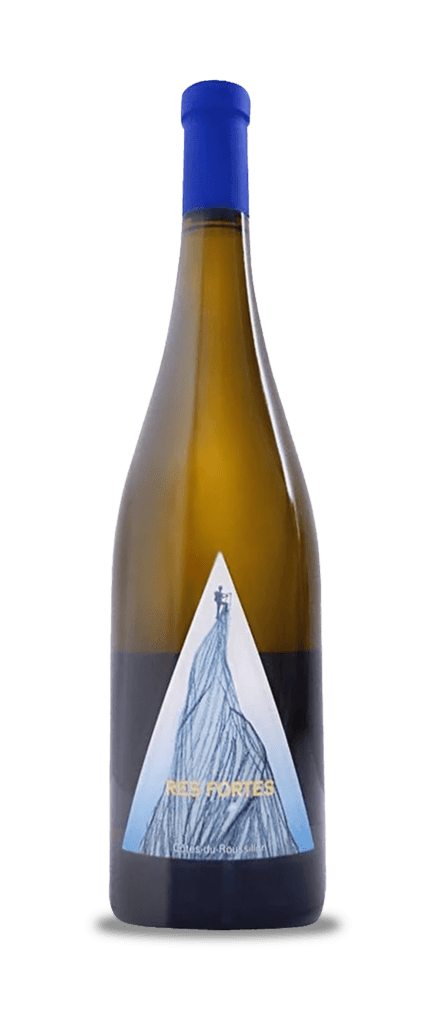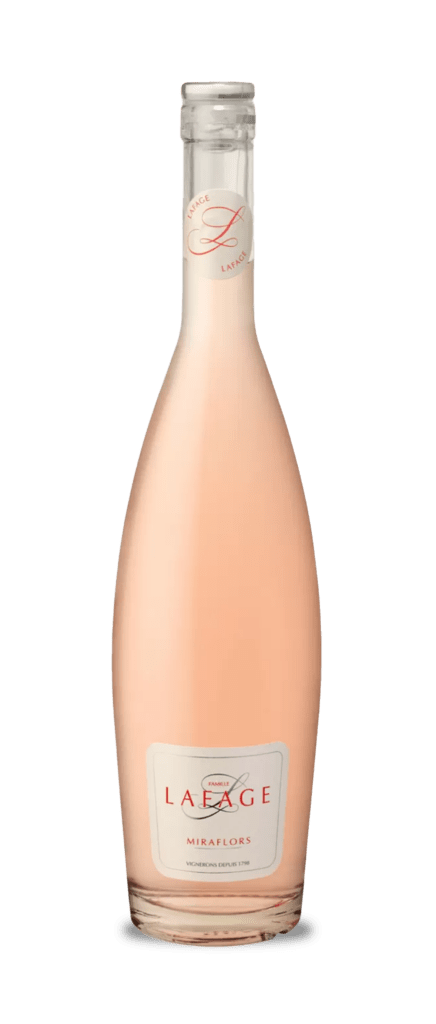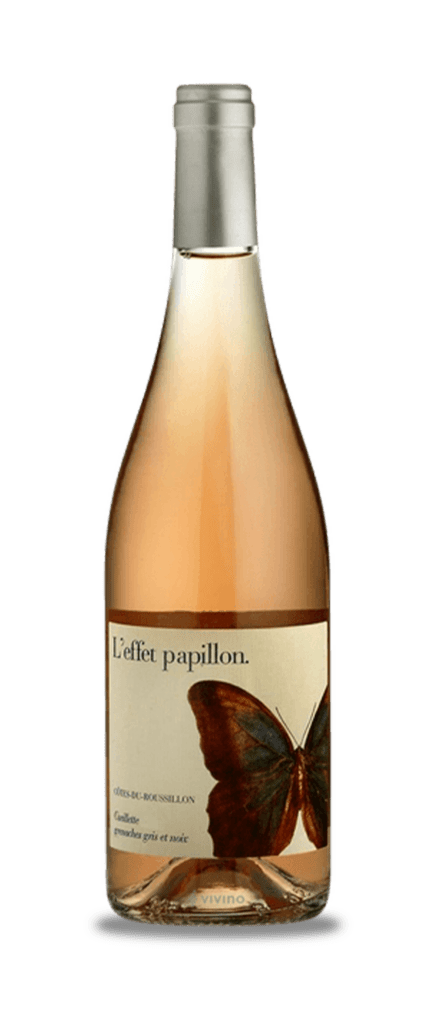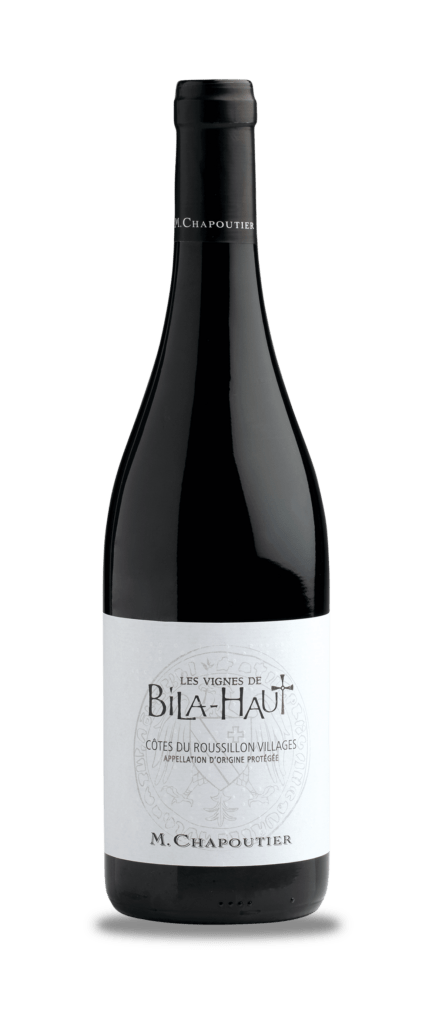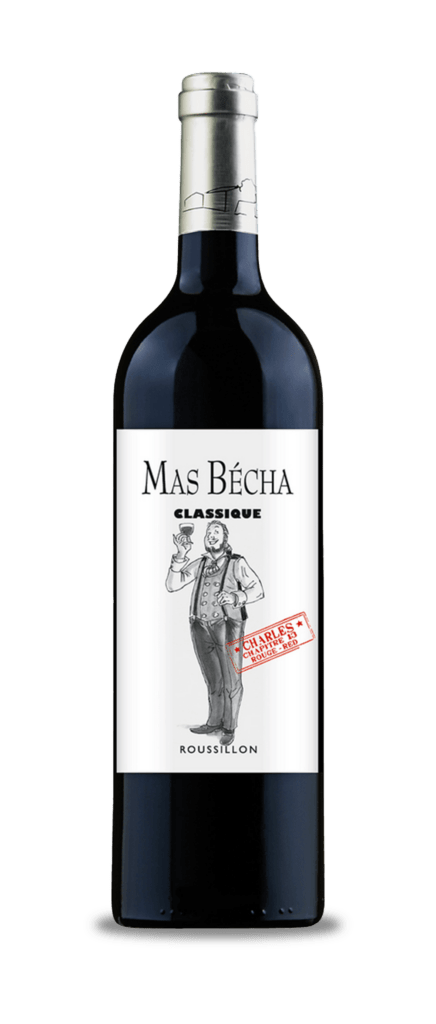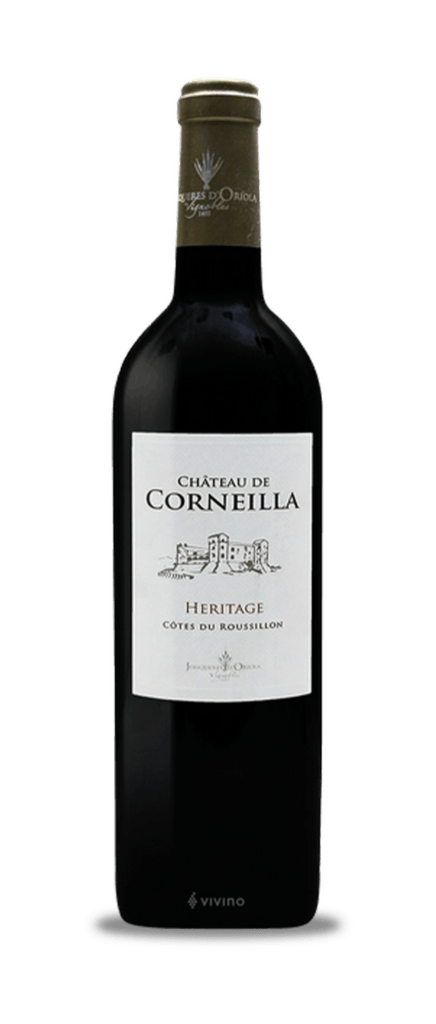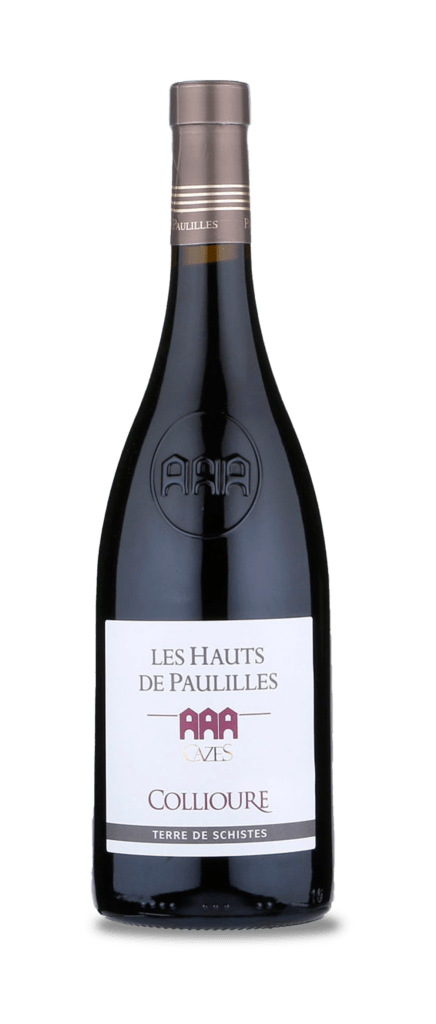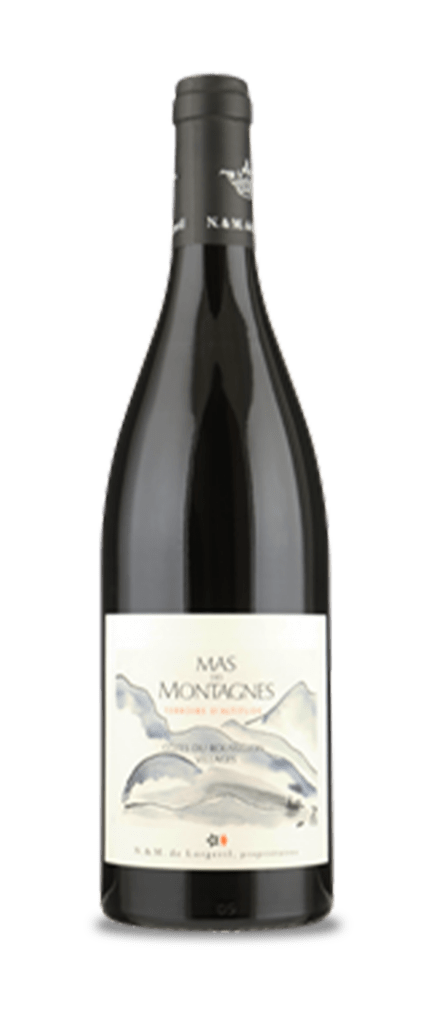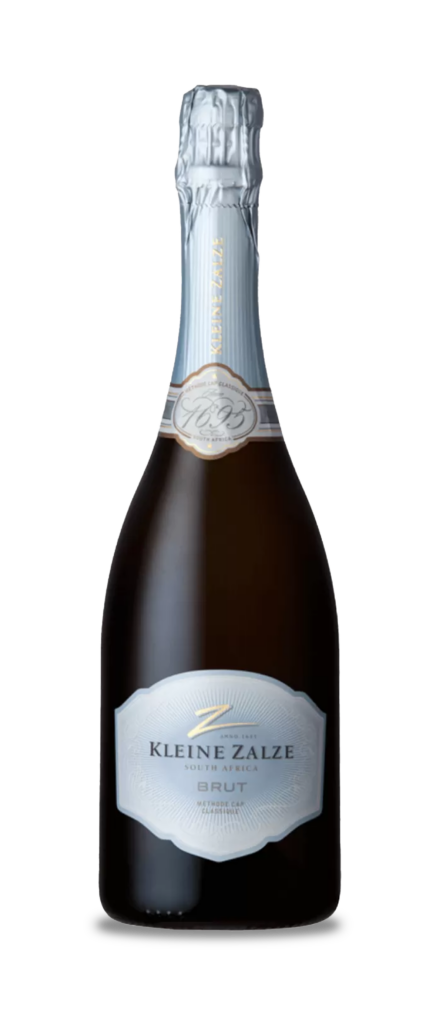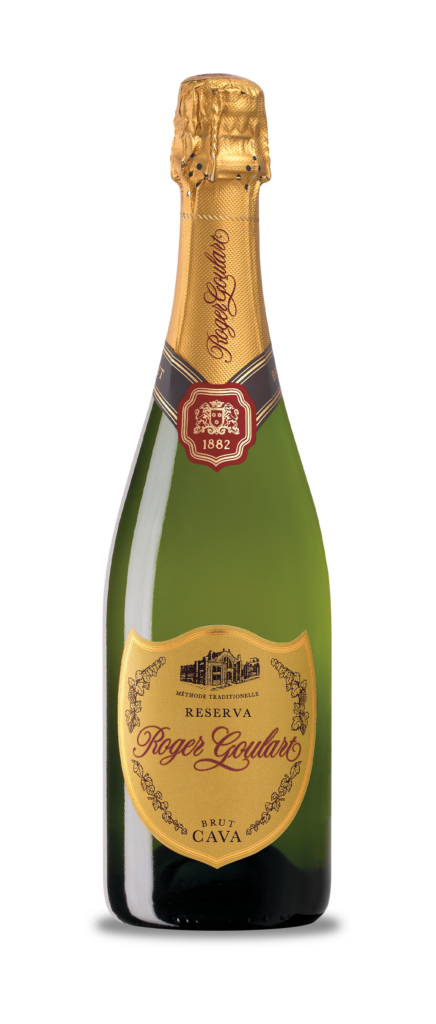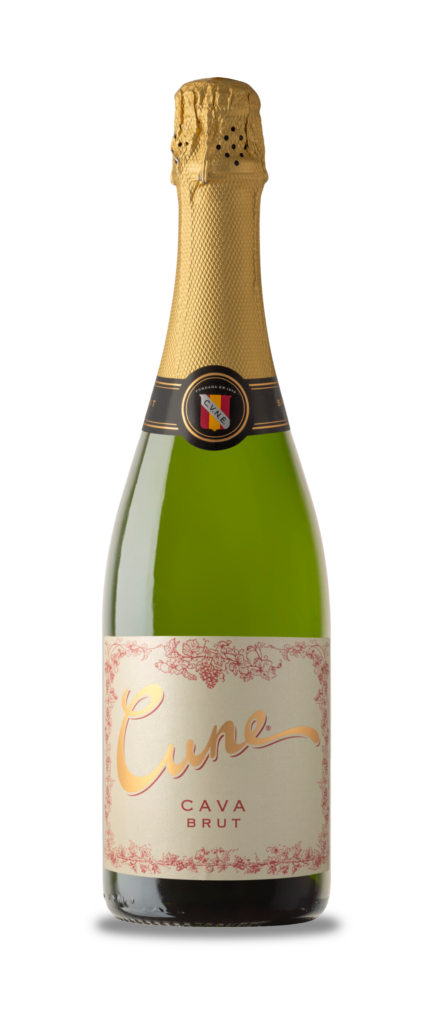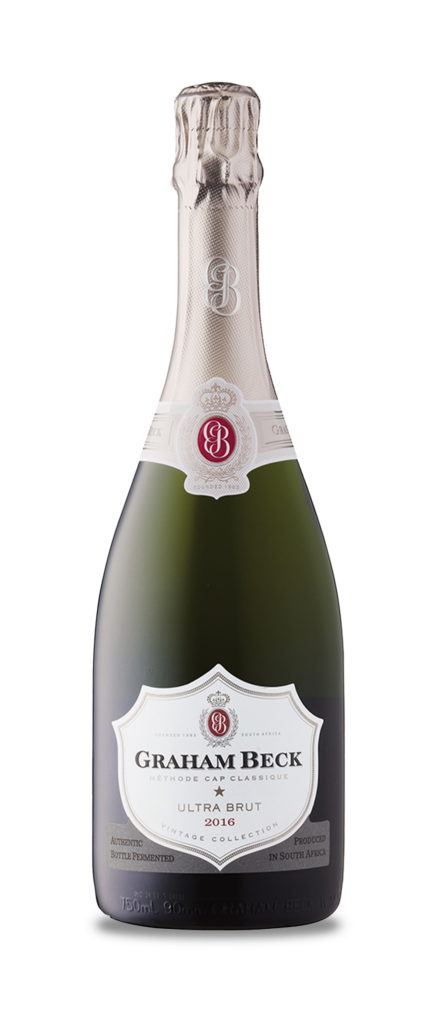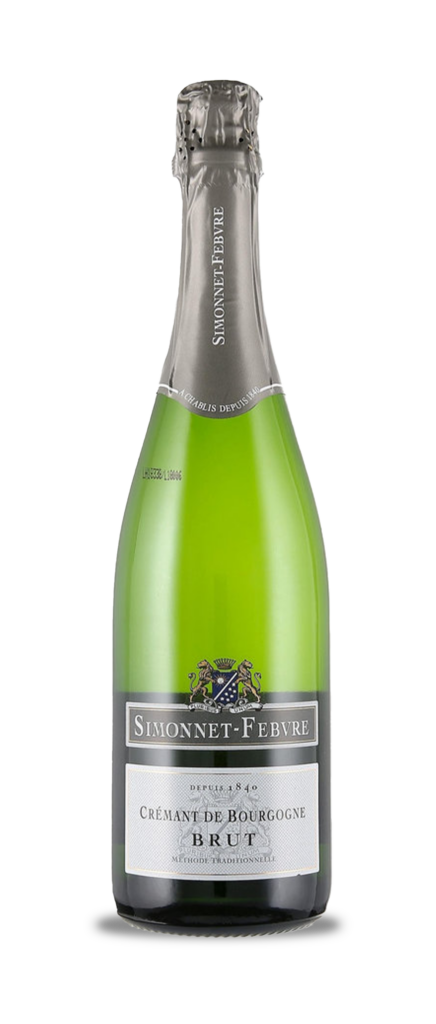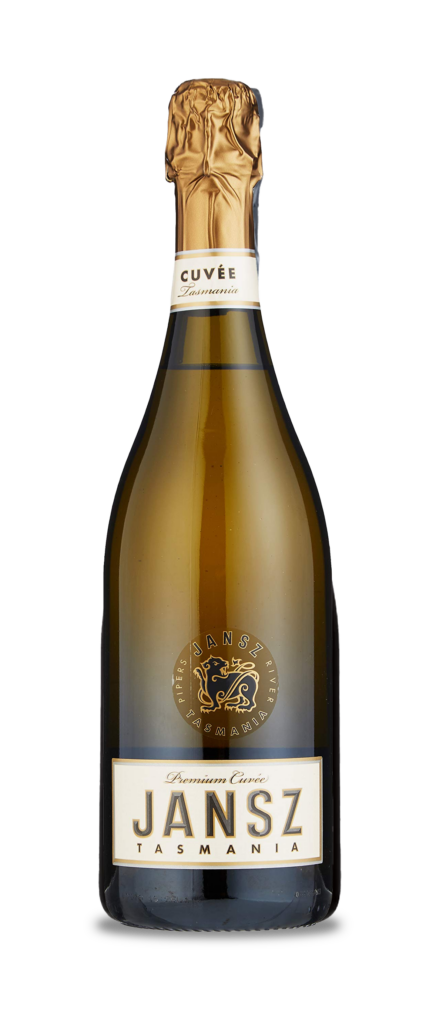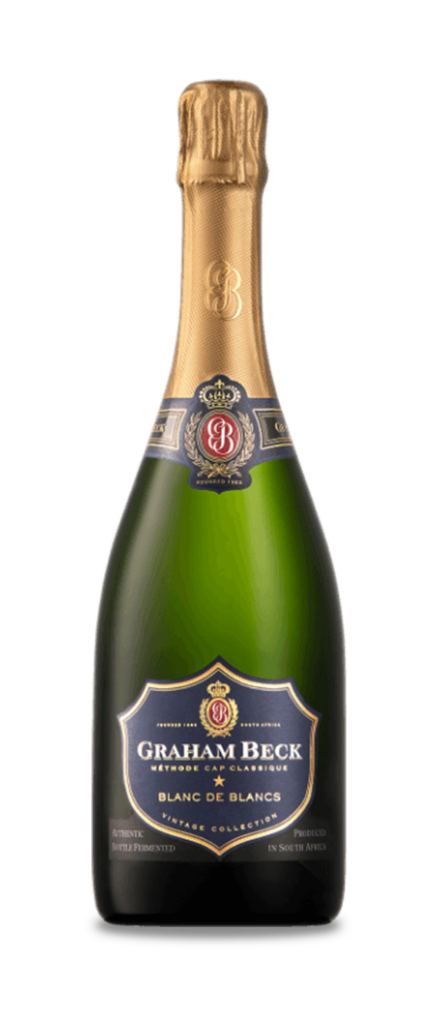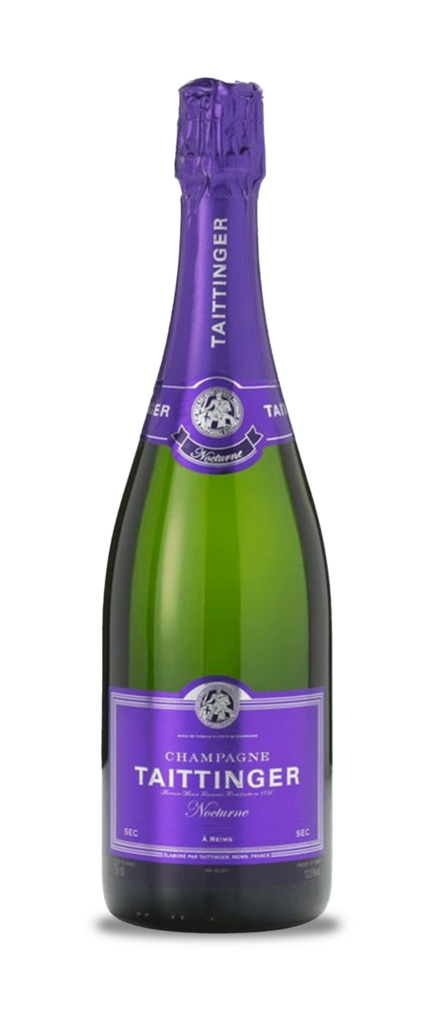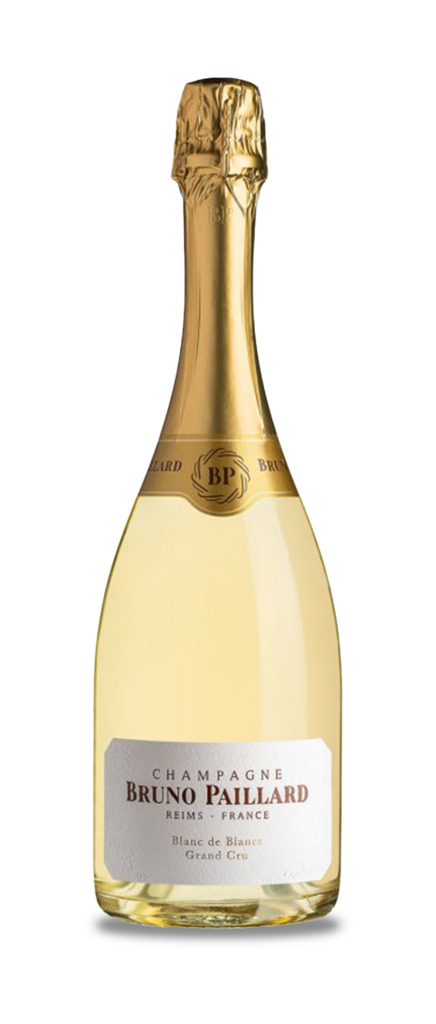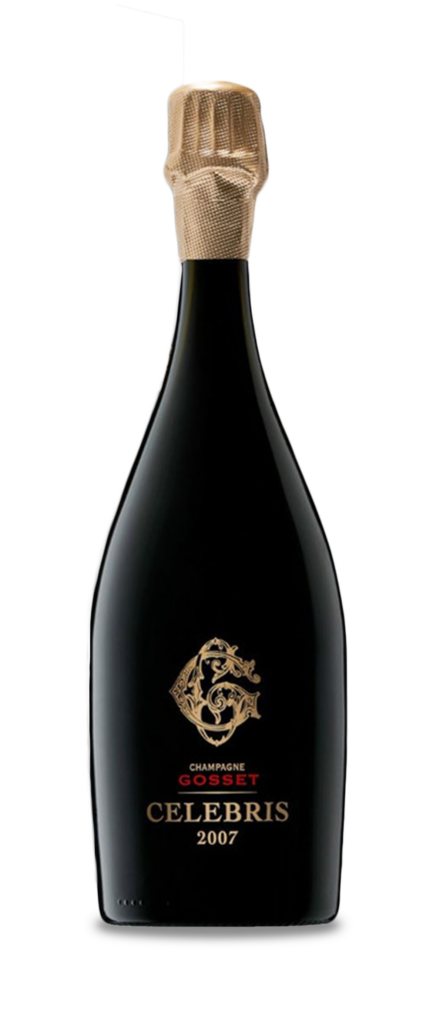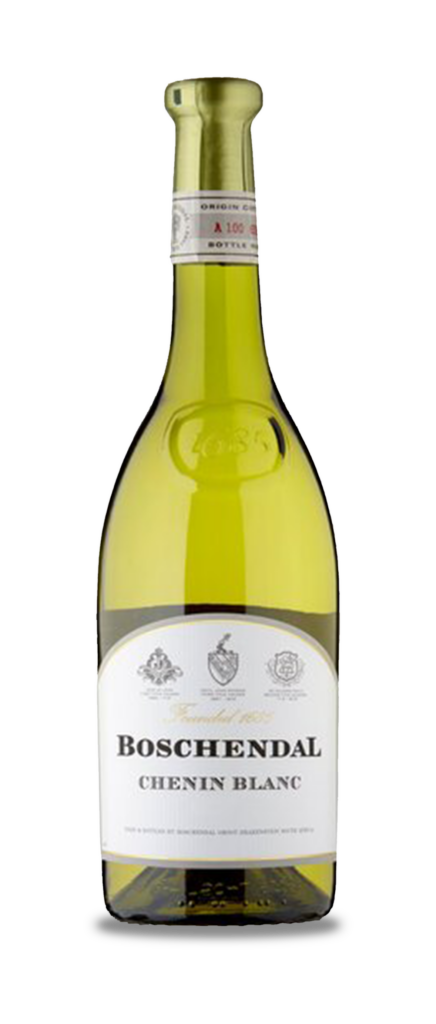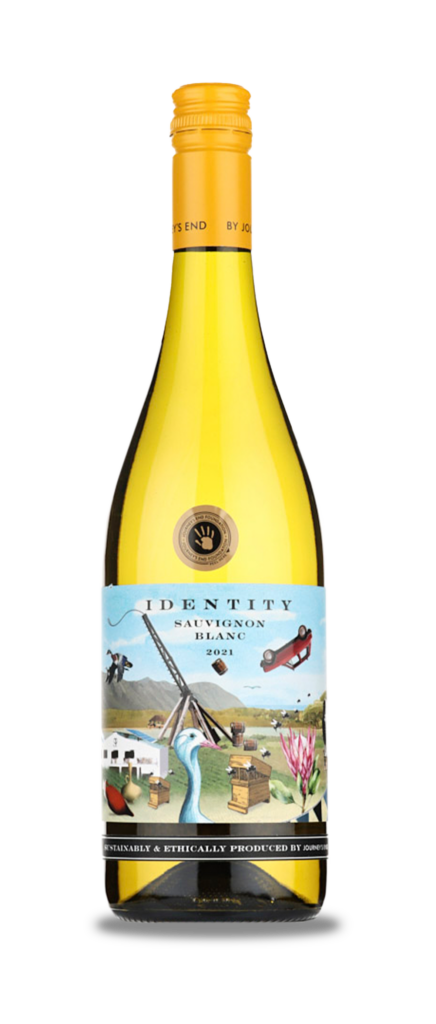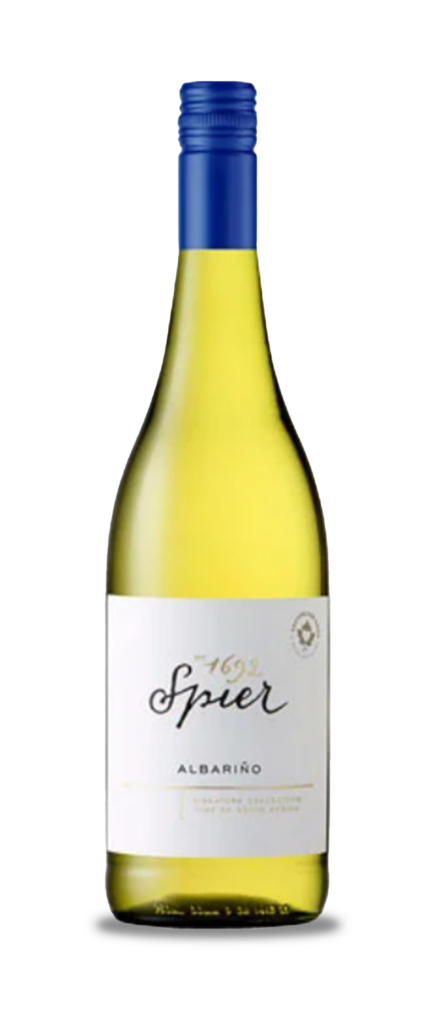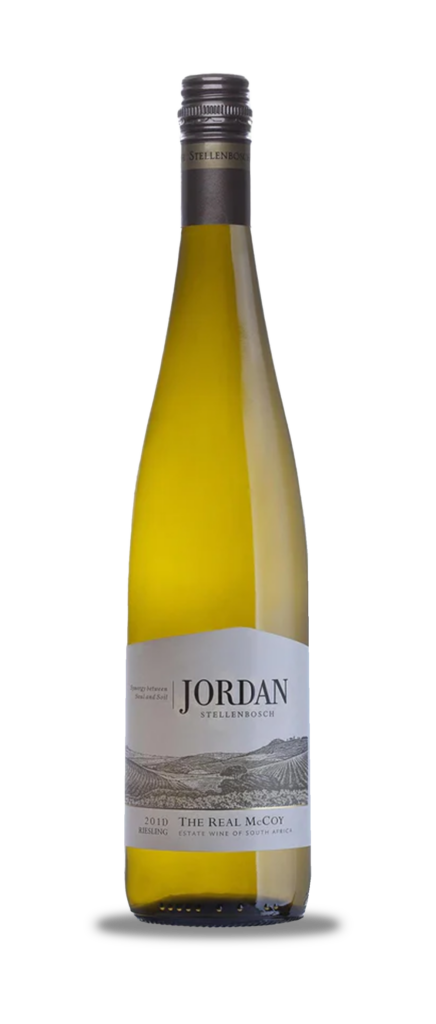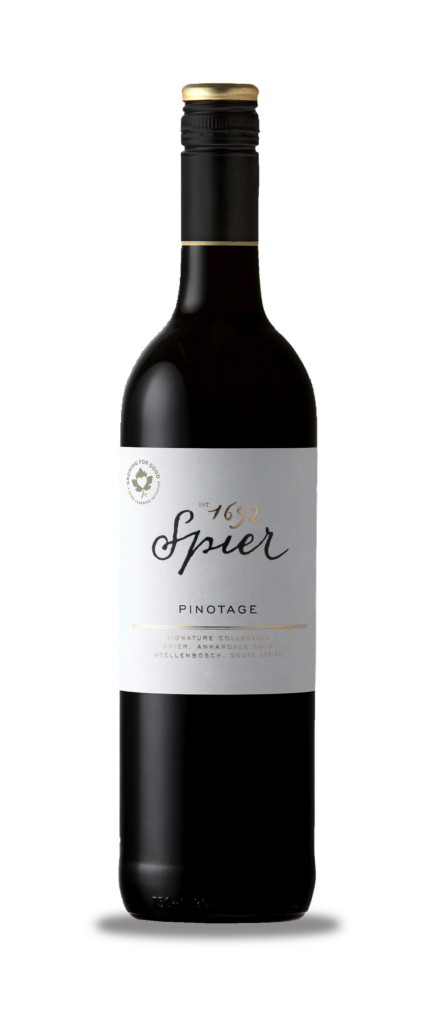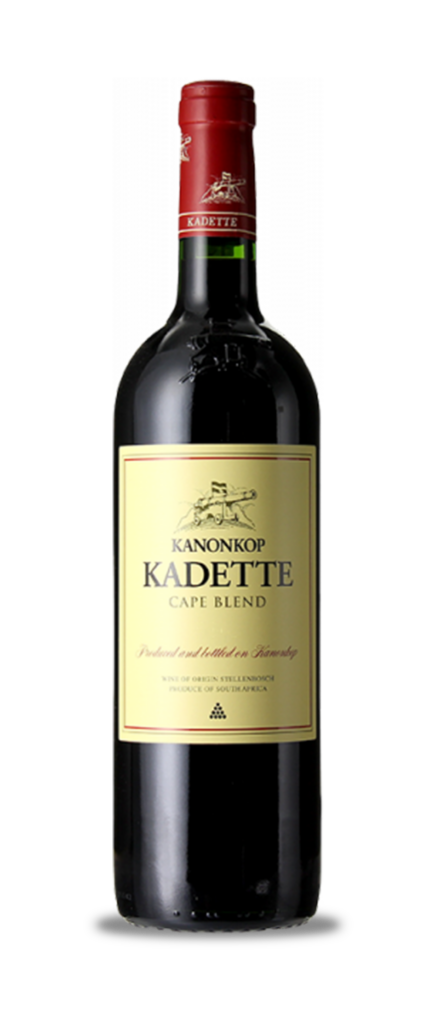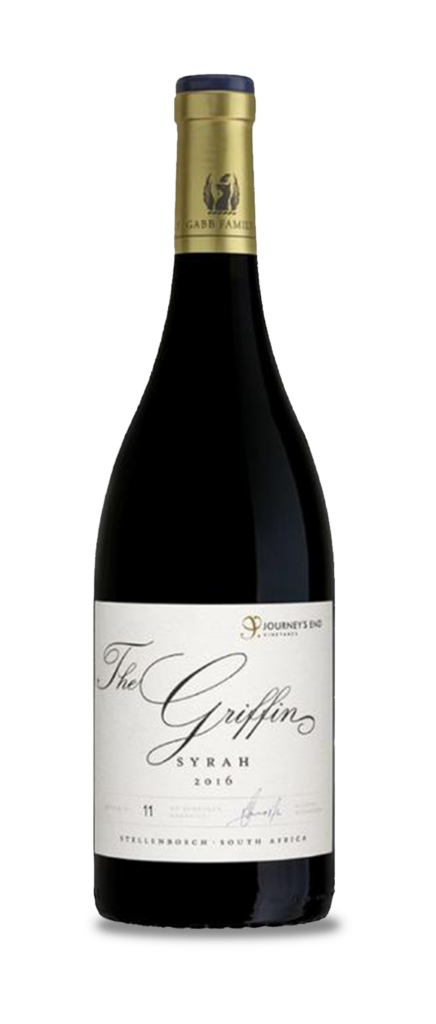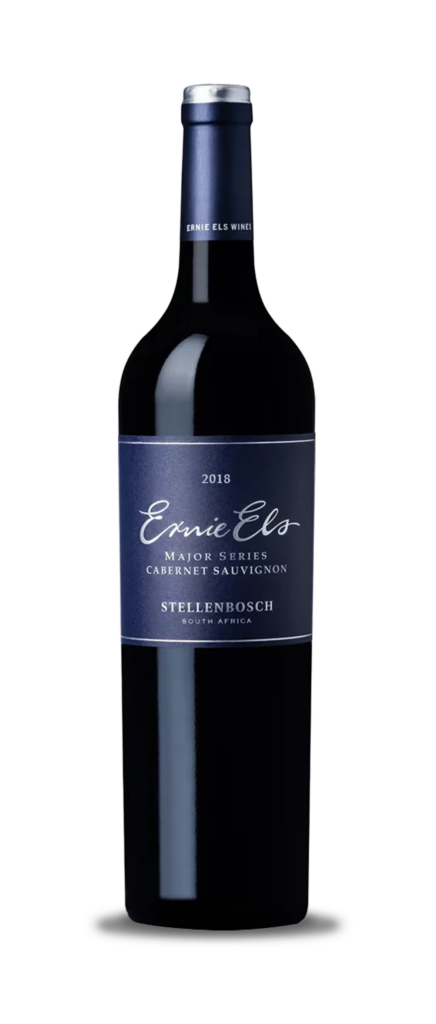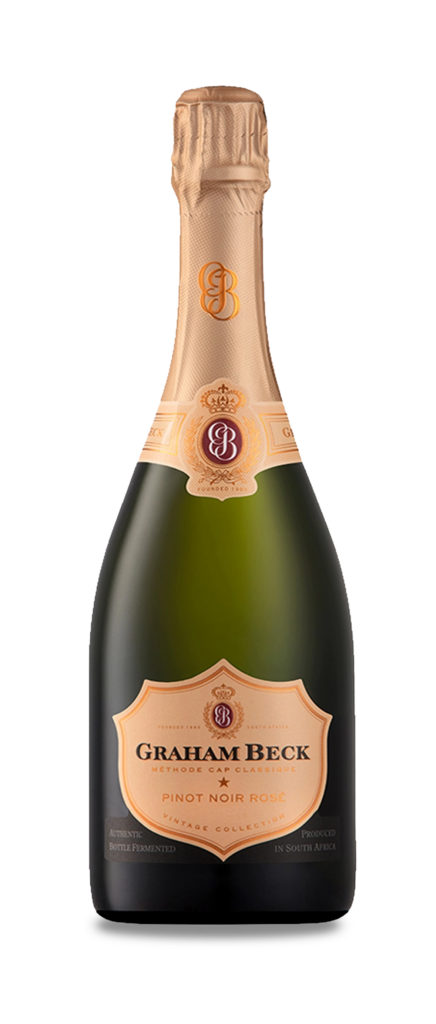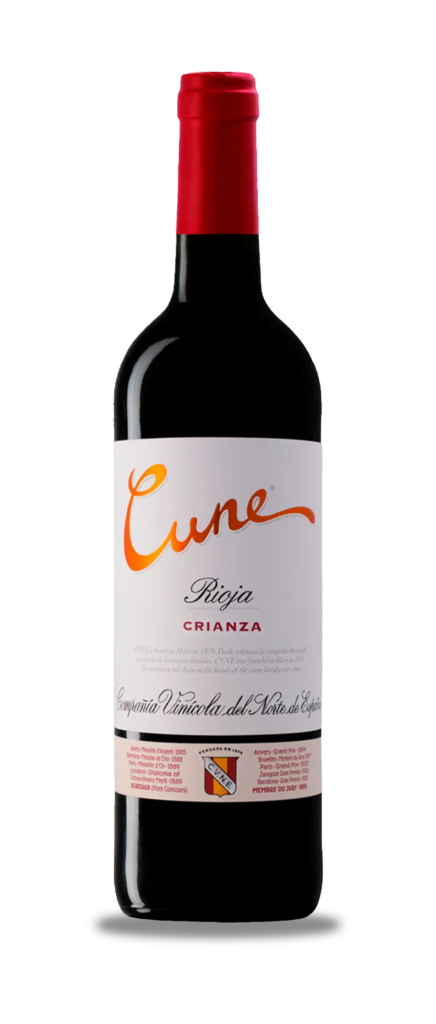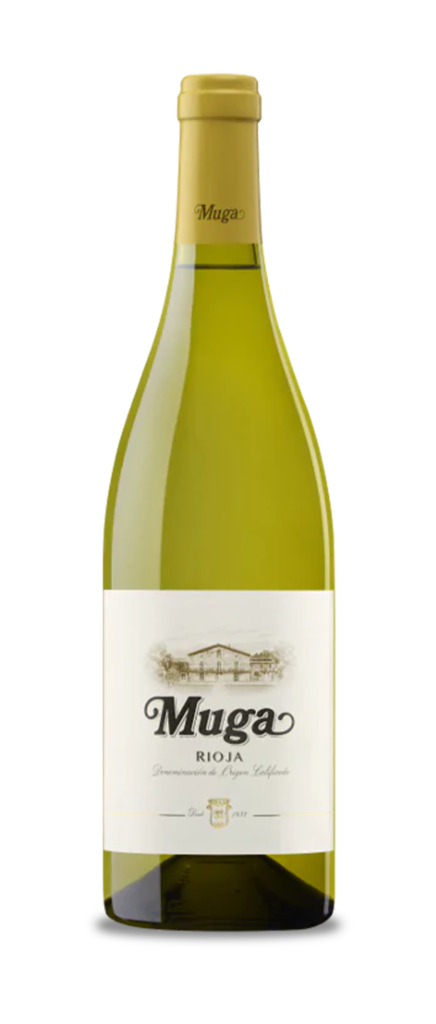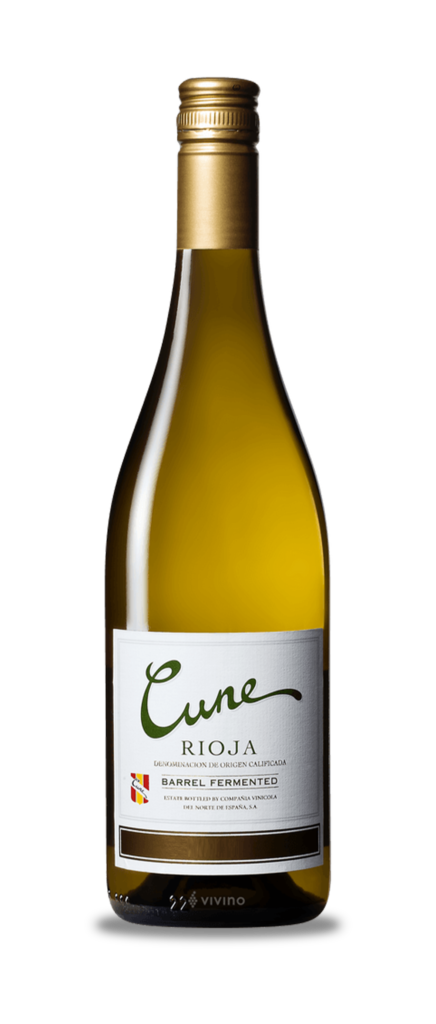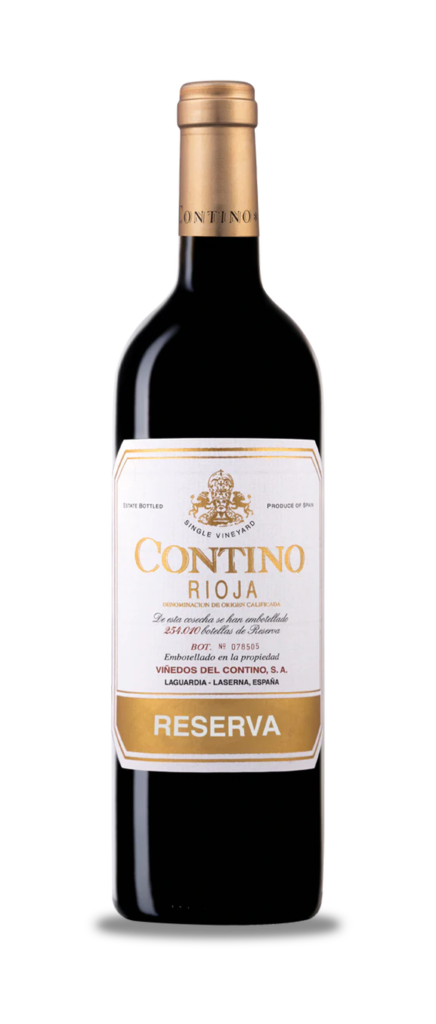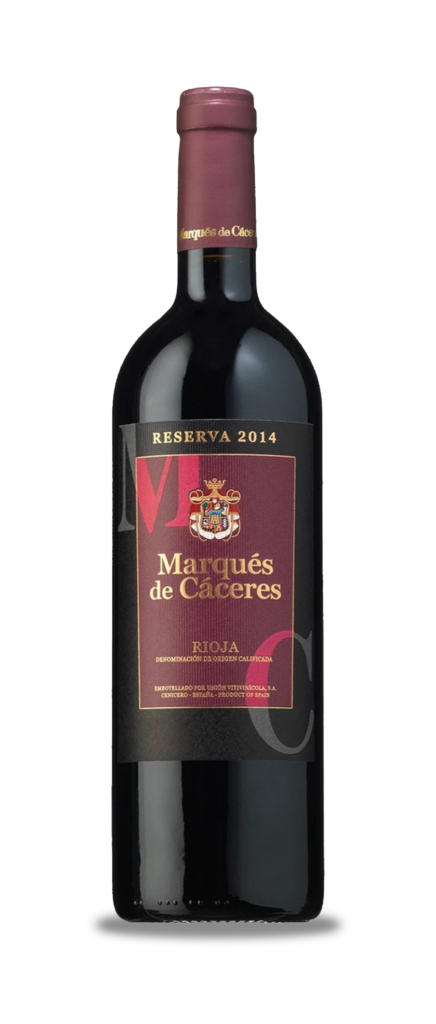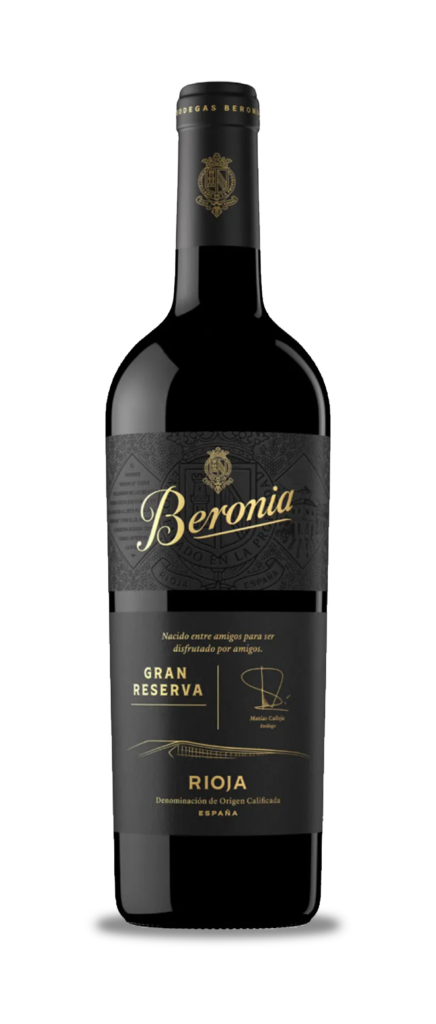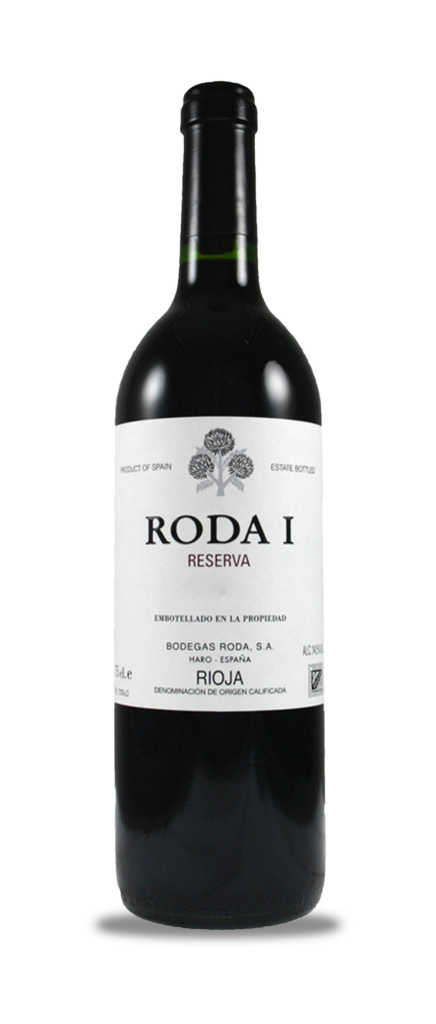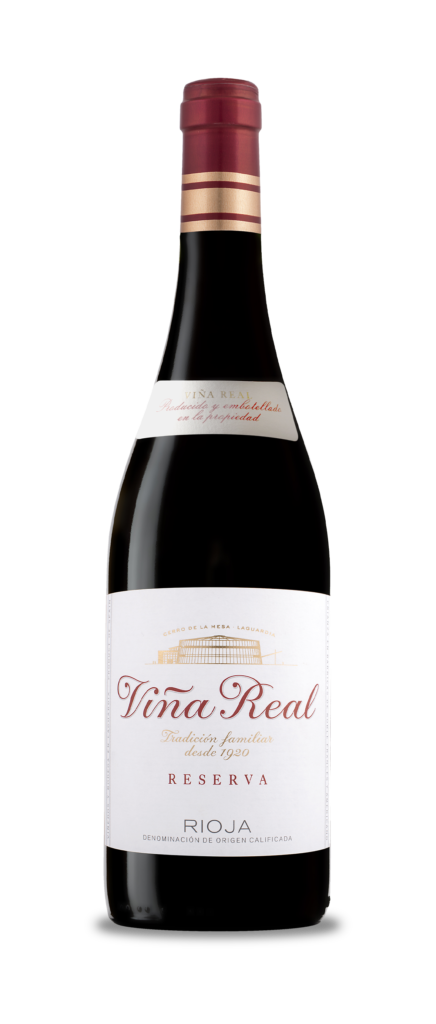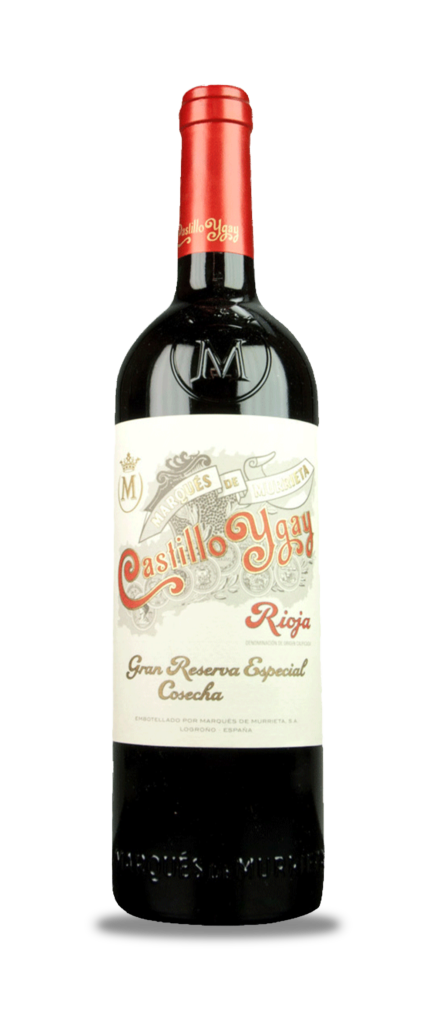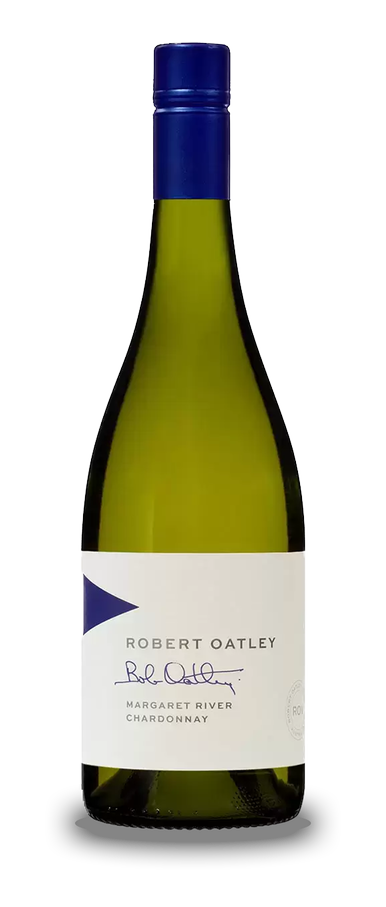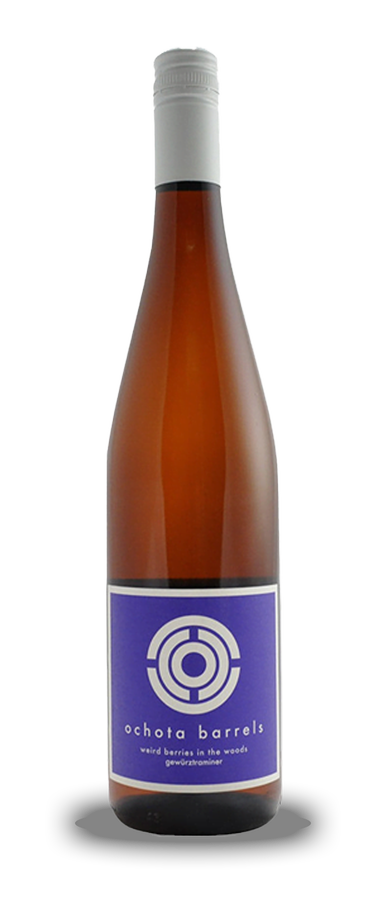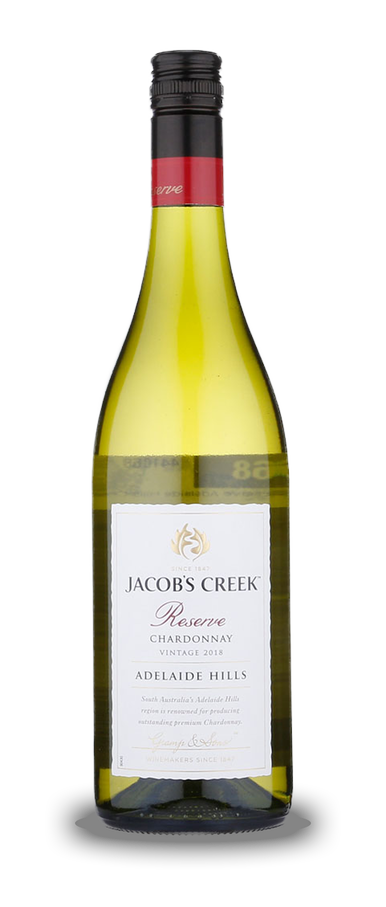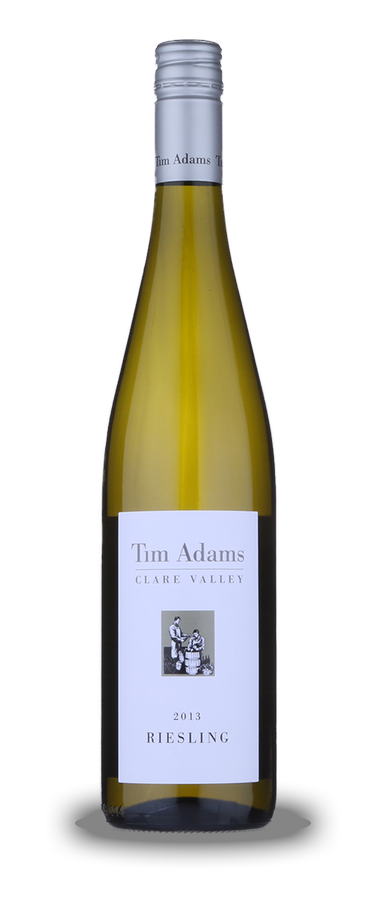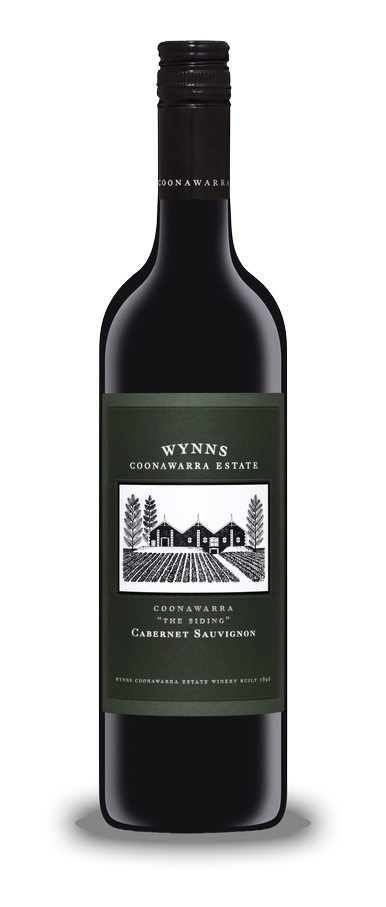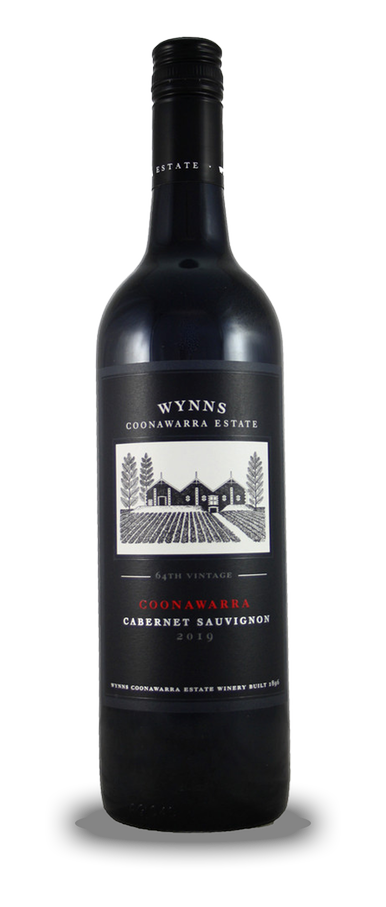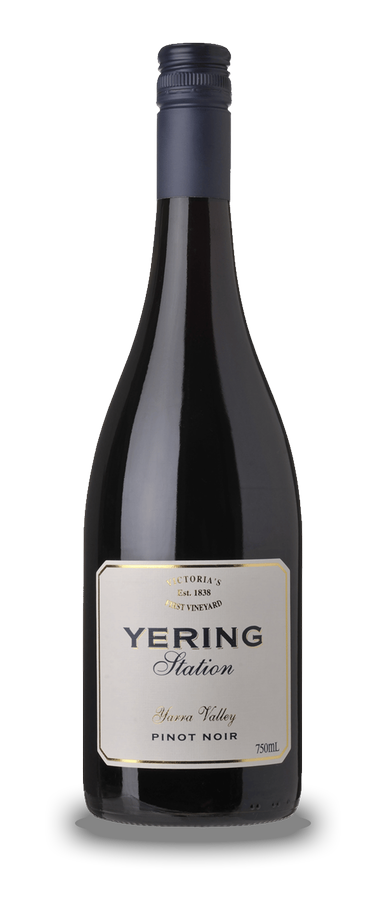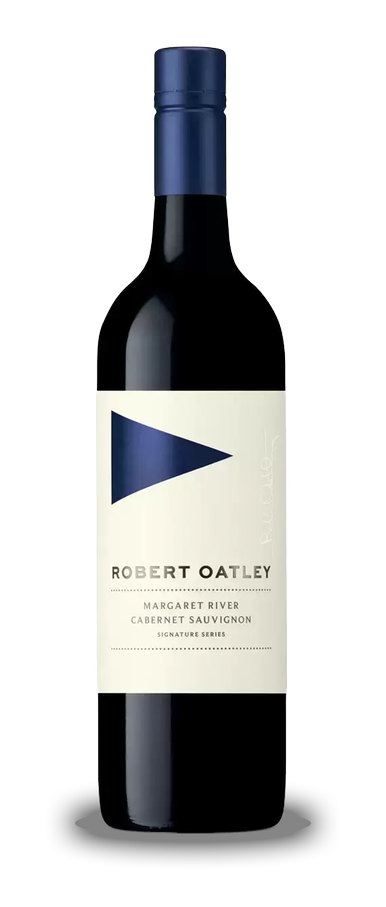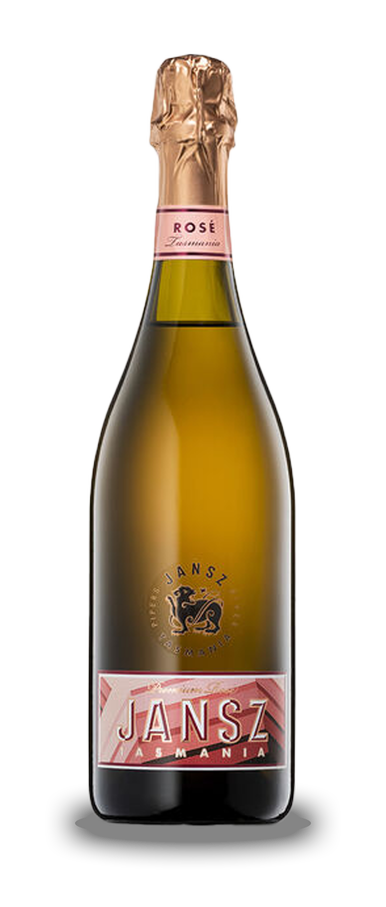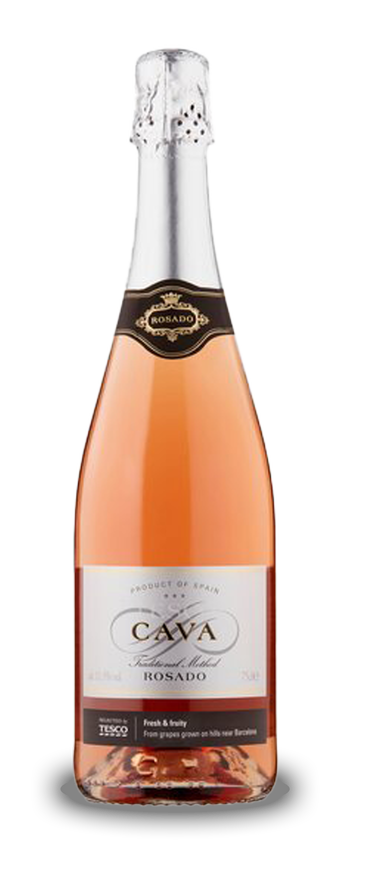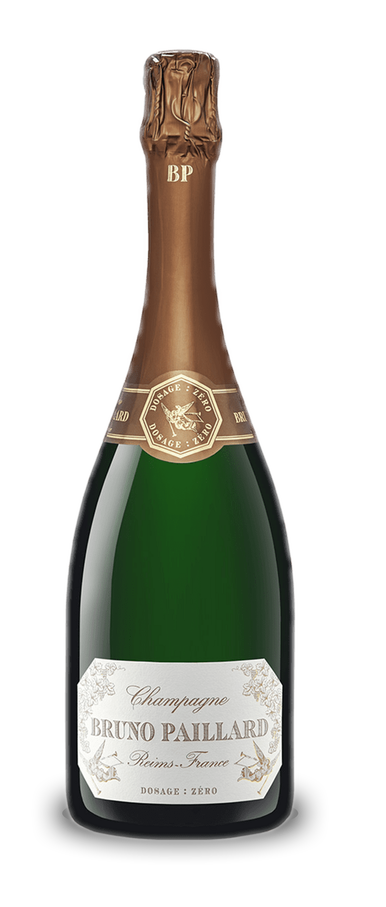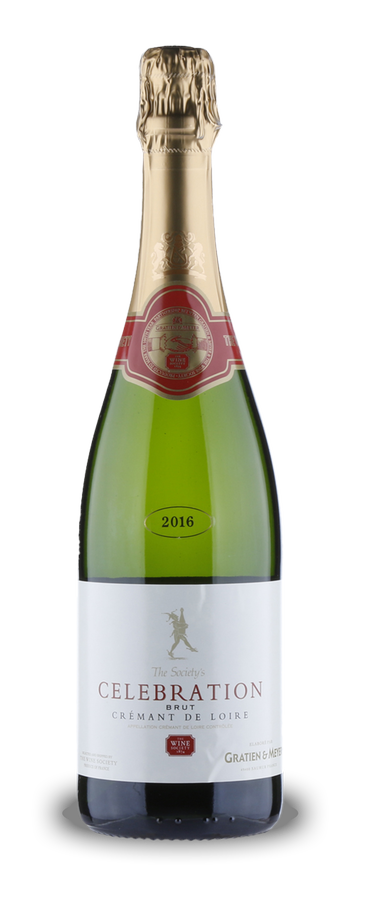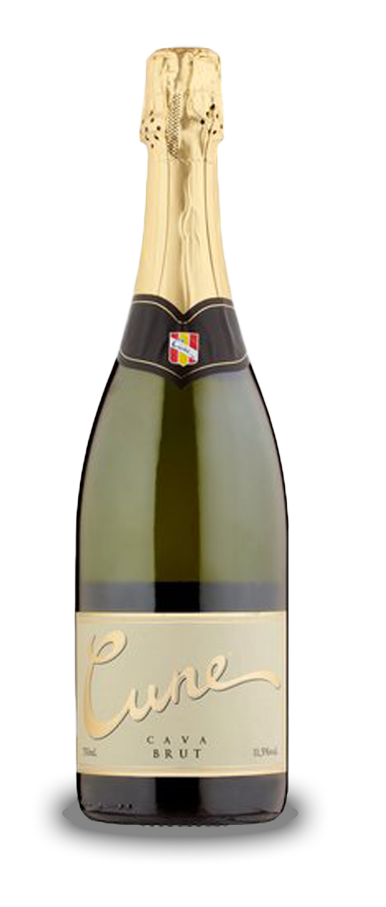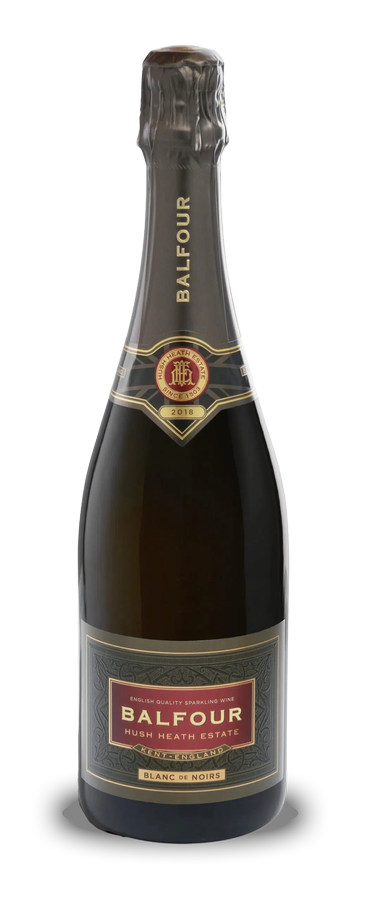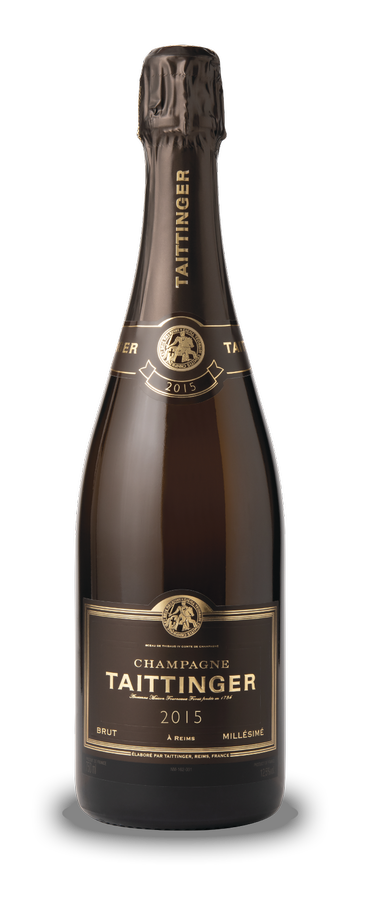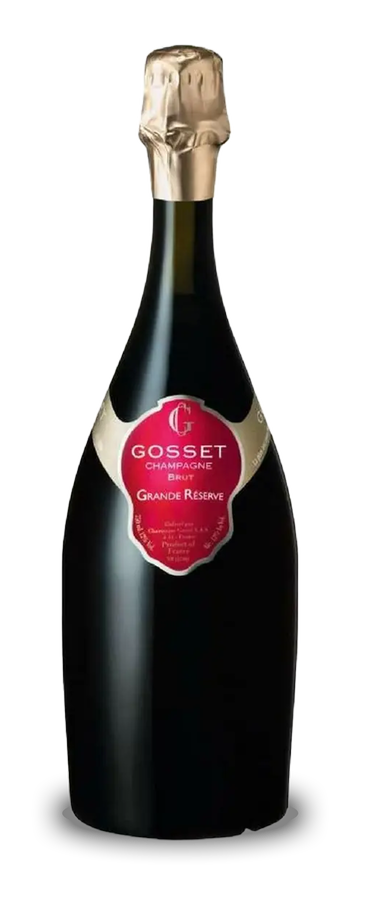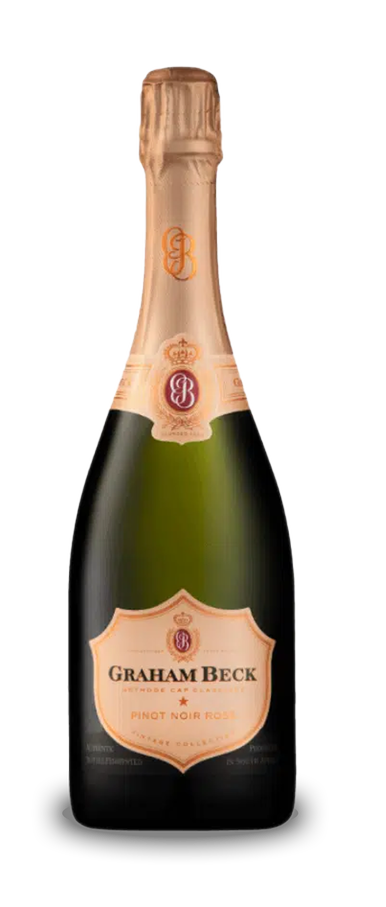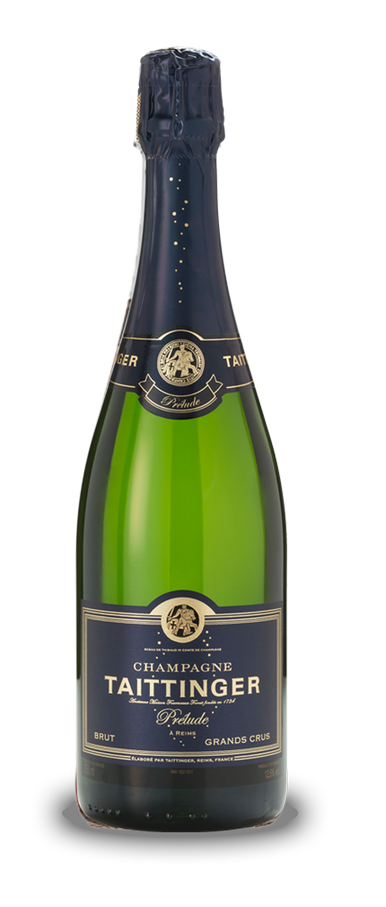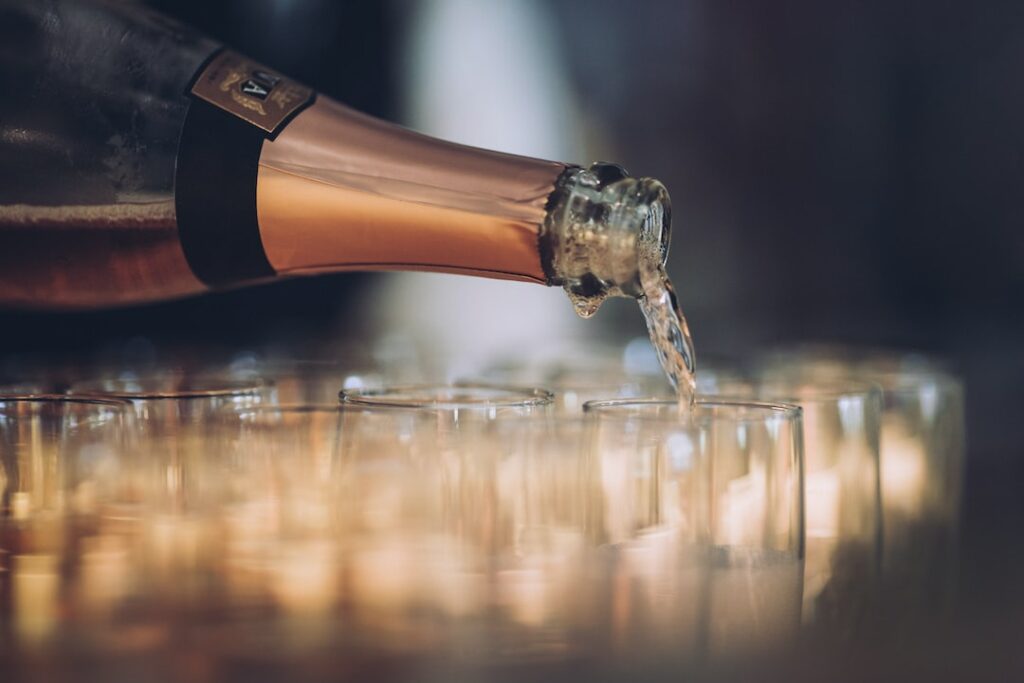In this, the month of love, our wine columnist Giles Luckett picks out his current top ten passions.
It’s February and love is in the air. Well, it’s in the card shops, the supermarkets, and, somewhat incongruously, my milkman’s van. It’s amazing what you can have delivered with your silver top these days! Anyway, what’s definitely in the air, in my house at least, is the love of wine, and here are my current top ten passions.
I’ve often struggled with New Zealand Chardonnay. Far too often they seem to have taken an oak-first, last, and always approach to winemaking, so you end up with a glassful of ghee. This isn’t the case with The King’s Legacy Chardonnay (Majestic £12.99). Wine, like life, is all about balance and this walks the tightrope between under and over-oaked brilliantly. Mid gold, the nose has plenty of vanilla and honey, but the apple, peach, and melon fruits also shine through. It’s the same story on the palate, which is generous, and plump and balances spicy oak with clean white and green fruits.
“Wine, like life, is all about balance.”
Riesling is arguably the greatest of all white grapes. “Born” in Germany in 1435 (13th March if you fancy sending it a card) it’s capable of creating breath-taking wines, some of which are breathtakingly expensive – Egon Muller’s Trockenbeerenauslese 2003 will set you back just under £23,000 a bottle. Back in the real world, sensational dry Rieslings are also available such as the Pewsey Vale Eden Valley Riesling (Ocado £18.95). This Australian Riesling hails from the cool Eden Valley and is simply stunning. Ghostly pale, the nose is an arresting blend of grapefruit, peach stones, apple blossom, and honey. It’s taut, precise, mineral-soaked, and complex in the mouth. Green and red apples, grapefruit, stone fruit, pears, and citrus come together in a wonderfully refreshing way. This is perfect with food – we had it with salmon pesto and spinach roulade – but it will be delicious with white meats and green vegetables and will age well over the next few years.
Mention Rioja, and most wine lovers will think of red wines. This is fair as the reds are more famous, and black grapes account for about 90% of plantings. The whites, though, can be just as splendid, especially when made by top producers like C.V.N.E. – their Contino Blanco (Noble Grape £23.99) is an absolutely lovely wine. The one that I keep coming back to at the moment, however, is the Ramon Bilbao Limite Norte Rioja Blanca. Produced from an unusual blend of late-picked Maturana Blanca and Tempranillo Blanco, this is a wine of freshness and depth. Golden yellow, the nose is soft and fresh with lemon and lime notes backed by honey. On the palate its tangy and immediate, offering quince, white peach, and green grape flavours, with something deeper, smokier, and fatter toward the finish. Idiosyncratic and utterly unlike any white Rioja I’ve tasted before, this is well worth trying, especially when partnered with creamy cheeses, white fish, or seafood.
And to so the reds, and I’ll start in South Africa with the excellent Spier Creative Block 3 2018 (Slurp £21.95). Being a blend of 94% Shiraz, 5% Mourvèdre, and 1% Viognier, this is very much in the mould of the Rhône Valley’s famed Cote Rotie wines, but this is no wannabe homage; it’s much better than that. Inky black, the bouquet melds heady spices with crushed plums, black cherries, and brambles. In the mouth, the Shiraz leads the way with intense, fresh blackberry and blackcurrant tones. Then there are subtler, earthier tones of tobacco and smoke from the Mourvèdre and a peachy lift from the Viognier before chocolate and cloves come in at the end. This is a great (big) wine that’s fantastic with red meats, strong cheeses, and tomato-based dishes.
Stepping back into Rioja we have the LAN Crianza 2019 (Hay Wines £15.49). 2019 was a stunning vintage for Rioja, but even taken in that context, the LAN is a little bit special. Very dark, with plenty of spicy vanilla, blackberries, prunes, and earthy spices to the nose. This medium-full-bodied beauty has an arrestingly rich texture that reflects the excellent levels of extraction. A complex composite of black fruits, cherry kirsch, black figs, raspberries, and charred wood, this is an awful lot of wine for the money. Buy a case and enjoy this over the next five to seven years.
When I was learning the ways of wine, I was given to believe that Beaujolais was a light, nothing to get excited about wine. Indeed, only Beaujolais Nouveau seemed to attract anyone’s attention, and not always for good reasons. Fast forward and Beaujolais is once again an exciting, dynamic region that’s producing some of France’s best-value fine wines. Take the Chateau des Jacques Moulin-A-Vent 2021 (Ocado £19). Moulin-A-Vent is one of Beaujolais ten “Cru” villages, and as this is owned by Burgundy’s great Louis Jadot, it’s not surprising that it’s excellent. Deep purple with a crimson rim, the nose is a classic mix of black cherries, strawberries, and raspberries with a background of crushed rocks. Generous on the palate, cherries and fruits of the forest are kept in check by a dry, savoury loganberry acidity.
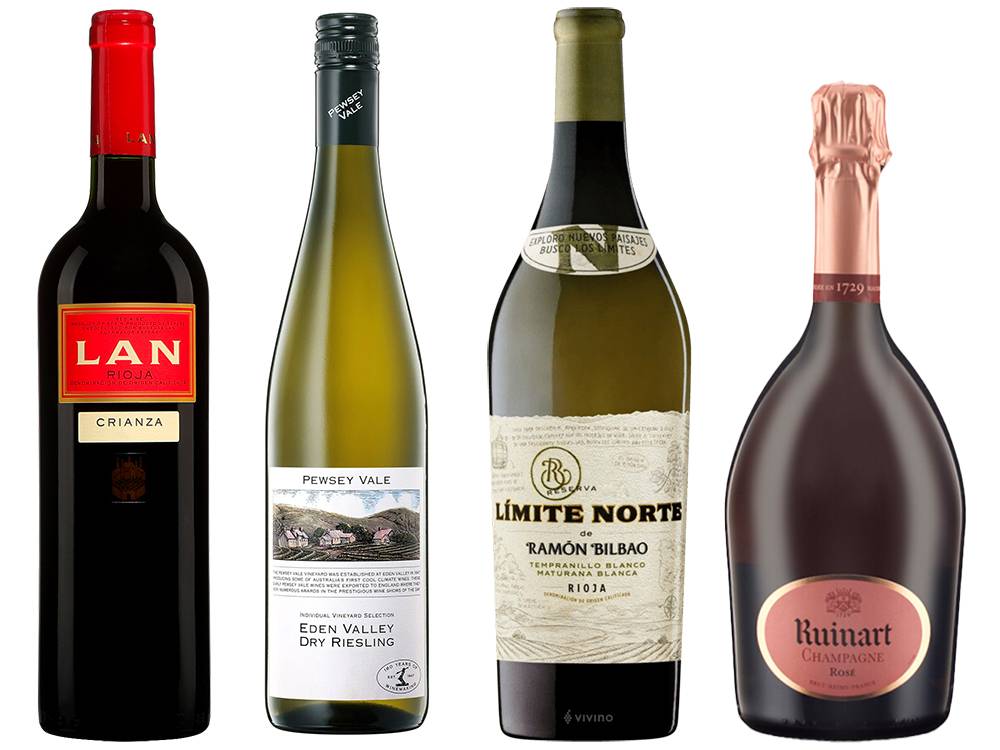
If you fancy taking on something truly mountainous, then get a team of sherpas/some good friends, whichever you have to hand, and try the Amarone Tedeschi Marne 180 2019 (London End Wines £36.99). Amarone is one of Italy’s greatest reds and is produced using dried grapes. Drying the grapes increases the concentration of the juice and allows wines like this to attain great power (it’s 16.5%), depth, and complexity. Open and let it breathe for a couple of hours and you’ll be rewarded with a fragrant nose of vanilla-tinted dried cherries, cranberries, and blueberries. Despite its heady power, it’s sophisticated and nuanced. Red and black cherries, damsons, toasted almonds, roasted meat, and chestnuts come together to make a mighty mouthful. Try this with full-flavoured dishes such as lamb shanks, blue cheese tarts, or slow roast pork belly.
And so, to the fizz. Regular readers of this column will know I have a bit of a weakness for sparkling wines. A weakness that’s about the size of the San Andreas Fault, truth be told, but as I get to try things like the Graham Beck Cuvee Clive 2017 (Frontier Wines £44.95), is my weakness to be wondered at? All of Graham Beck’s sparkling wines are exceptional, but the Cuvee Clive is in a different class. 60% Chardonnay, 40% Pinot Noir from premium cool sites in Napier, Robertson, and Durbanville, fermented in champagne barrels and stainless steel before ageing in bottle for over four years, this wine gets regal treatment. Mid-gold, the nose is a joyously complex blend of ripe autumnal fruits, red berries, yeast, and citrus. In the mouth its mellow, succulent, and packed with flavour and diversion. Peaches, apricots, honey-drizzled melon, dried pears, a tangy, saline-tinted green apple acidity, and a hint of liquorice spice make for a glorious wine that offers something different with every sip.
Champagne remains the greatest sparkling wine in the world, and recently, I’ve been lucky enough to enjoy two brilliant but very different examples. The Gosset Grand Blanc de Blancs (The Champagne Company £55.50) is made from 100% Chardonnay and is as beautiful as the bottle it’s presented in. White gold with amber highlights, there’s richness behind the fresh white fruit and pear nose, with notes of apricots and creamy yeast coming through, thanks to the four years it spent resting in Gosset’s cellars before release. The palate has some of Gosset’s customary intensity but is far more delicate. Citrus – especially grapefruit and lemon – are present alongside quince, green apple, and custard apple. This is sublime wine that, for me at least, is best enjoyed as a soloist.
I’ll finish with a rosé Champagne, the Dom Ruinart Rosé (Majestic £79.99). The Dom Ruinart Blanc de Blancs Extra Brut 2010 (The Finest Bubble £220) was my wine of 2023, and this is a contender for 2024’s crown. Deep pink, the bouquet is suffused with fresh red cherries and black and red berries, with a vibrant, slightly perfumed note. Give this some time to breathe or even better decant it, and you’re in for a treat as fruits of the forest, cherries, cherry sherbet, orange zest, and plump plum notes assail the palate. This is a wine that I’ve had on its own and with dishes such as rack of lamb and pheasant, and I think it’s even better with food. It has the weight and intensity to cut through, and the food brings out the deeper, darker tones of this great wine.
Right, well that’s enough love for one day. Next time out some new season wines to put a spring in your step.
Cheers!
Giles











